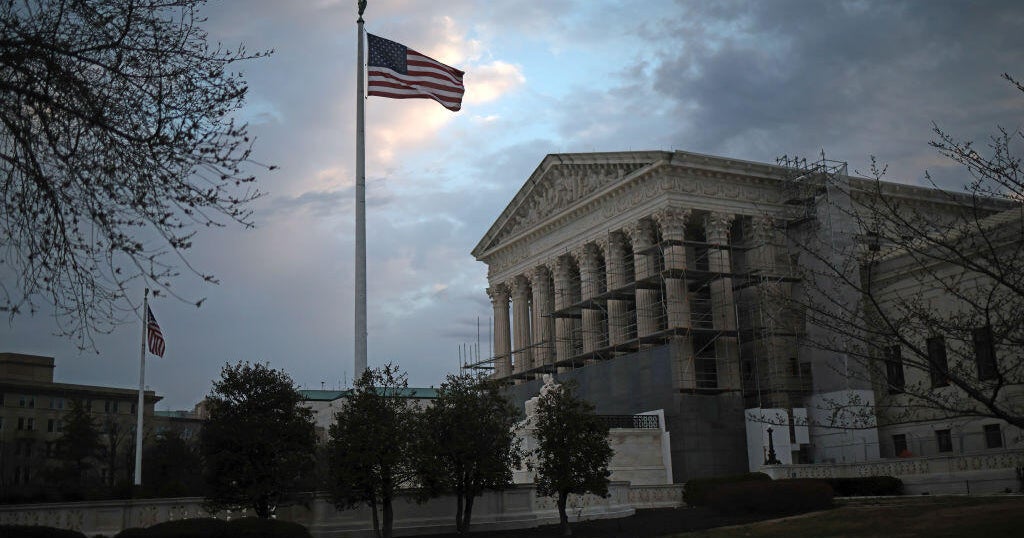Key takeaways:
- The U.S. Supreme Court is deliberating a case on Louisiana’s congressional map, which includes two majority-Black districts for the first time in decades, following challenges from non-African American residents.
- The case originated after the 2020 census, when the Louisiana Legislature’s initial map with only one majority-Black district faced legal challenges, leading to a complex legal battle involving civil rights groups and Republican officials.
- This case is part of a broader trend of racial gerrymandering disputes reaching the Supreme Court, with significant implications for future redistricting and the role of race in political districting, especially in light of past decisions affecting the Voting Rights Act.
The United States Supreme Court is set to deliberate on a significant case concerning the congressional map of Louisiana, which has sparked debate over racial considerations in district drawing. The case involves plaintiffs who identify as non-African American residents of Louisiana, challenging the state’s decision to create a second majority-Black district. This marks the first time in decades that Louisiana’s congressional map includes two districts with a Black majority. The Supreme Court’s decision will determine whether this map, used in the 2024 elections, will remain in place.
The origins of the case trace back to the aftermath of the 2020 census, when the Louisiana Legislature initially drew a congressional map featuring only one majority-Black district out of six. This map was met with legal challenges from various groups, leading to a complex legal battle. Civil rights organizations have found themselves in a tentative alliance with Republican officials in defending the revised map, which now includes two majority-Black districts. This unusual coalition highlights the intricate nature of the case, as it navigates the intersection of race and politics in district mapping.
The Supreme Court’s involvement in this case is part of a broader trend of disputes over racial gerrymandering reaching the high court. These cases often arise following the redrawing of voting boundaries after each decennial census. The current case in Louisiana is particularly noteworthy given the Supreme Court’s recent history of decisions that have weakened the Voting Rights Act. Notably, the 2013 decision that dismantled the law’s preclearance requirement has had a lasting impact on how voting districts are evaluated and challenged.
As the justices consider the appeal brought by the state of Louisiana, the outcome could have significant implications for future redistricting efforts and the role of race in political districting. The decision will not only affect Louisiana’s congressional representation but also contribute to the ongoing national conversation about the balance between fair representation and racial considerations in the electoral process.



Be First to Comment